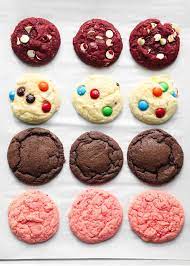Where The Real Money Is in Branding.
I read a passage in The New York Times yesterday quoting a Ukrainian soldier saying “Every yard taken felt like a mile.” I mean no disrespect to the soldier. I’m sitting in a comfortable chair not in a muddy foxhole. And as powerful and “real” as this sentence is, filled with life- and-death consequences it points toward something in communications and, more particularly, brand strategy worth thinking about.
What makes my brand strategy practice different from others is “proof.” My framework uses one claim and three proof planks to deliver the ongoing, ever-going story. Everyone in the brand strategy business offers a claim. It’s rare to find someone who mines the proof. If I tell you I’m it’s different than me lifting your stove. With proof you believe me. It makes an impression.
As powerful as the “Every yard felt like a mile” reference goes it lacked proof. “I lay prone in mud for 6 hours, looking at the enemy through a 1inch window between my helmet and the mud. I urinated into a hole I dug with my thumb and forefinger. Afraid to drink water all day for fear of getting my elbow shot off.” You get the point.
Copywriters today are the backbone of marketing. But strategists need to give the proof with which to work. The claim is the easy part, the proof is the money.
Peace.




